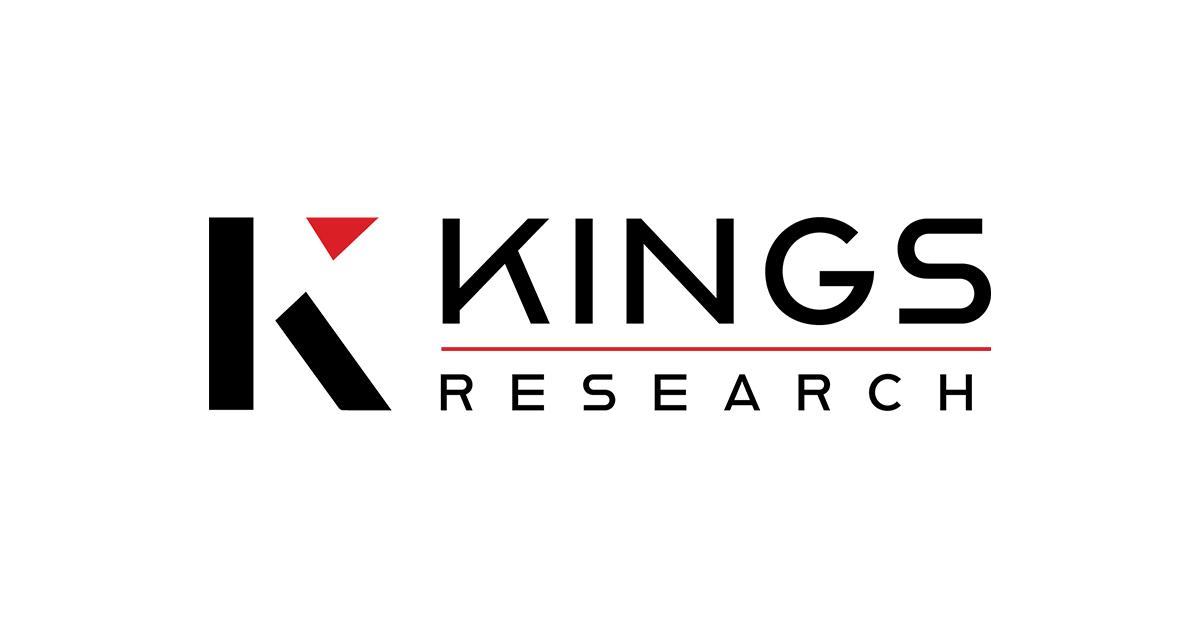Socioeconomic Impact of Luxury Student Housing: Debates & Equity at The Radian
Introduction
In recent years, student housing has undergone a dramatic transformation. Once characterized by modest dormitories and communal living spaces, it now increasingly includes luxury apartments complete with rooftop lounges, fitness centers, and stainless-steel appliances. Nowhere is this trend more evident than in Philadelphia’s University City, home to multiple institutions of higher learning and the prominent luxury apartment complex known as The Radian.
While such developments may appear to enhance the student experience, they also bring complex socioeconomic implications. The Radian, in particular, has become a focal point in debates surrounding equity, affordability, and the shifting landscape of student housing. Critics argue that while some students benefit from modern amenities, others are being priced out, exacerbating class divisions and limiting inclusion. This article explores the socioeconomic impact of luxury student housing like The Radian and its broader implications for equity in university communities.
The Rise of Luxury Student Housing
The Radian is emblematic of a growing national trend in student housing. Once a market dominated by universities themselves, private developers have stepped in to meet increasing demand for off-campus living options. These developments market themselves with sleek branding, prime locations near campus, and features that appeal to both students and their parents.
In University City, The Radian is not just an apartment complex—it’s a status symbol. Located near the University of Pennsylvania and Drexel University, it offers furnished apartments, study lounges, a fitness center, and even retail options on the ground floor. For students who can afford it—often with parental assistance or financial aid—the appeal is obvious. However, this appeal comes at a cost, both literal and societal.
Affordability and Access: Who Gets Left Behind?
Perhaps the most pressing concern is the affordability of these luxury accommodations. Monthly rents at The Radian can exceed \$1,500 per bedroom, a figure that is simply not feasible for many students without significant financial support. Even with roommate arrangements, the costs remain out of reach for a large portion of the student population.
This cost barrier raises questions of access and fairness. When high-end apartments become the norm near campus, students from lower-income backgrounds face a limited set of choices: live farther from campus, endure long commutes, or attempt to find shared accommodations in outdated or less safe housing stock. Each of these options can impact a student's academic performance and overall well-being.
The Impact on Campus Inclusion
The inequity introduced by luxury student housing goes beyond financial strain; it also affects social inclusion. Students who live in upscale housing like The Radian may have access to better amenities, more conducive study environments, and a network of similarly affluent peers. Meanwhile, others may feel isolated or excluded simply because they cannot afford the same living conditions.
This divide can manifest subtly in social dynamics. For instance, students may be less likely to form friendships with peers they perceive as economically different, particularly if their living standards contrast sharply. Over time, such divisions can erode the sense of community that universities aim to foster. Educational institutions often emphasize diversity and inclusion, but these ideals are undermined when students live in segregated housing based on income.
Broader Market Consequences
Another significant concern is the effect that luxury student housing developments have on the surrounding rental market. As high-end properties like The Radian become more prevalent, they may drive up rental prices in nearby areas. Landlords of more traditional student apartments may raise rents in order to compete or upgrade their buildings to meet new expectations, further reducing the availability of affordable housing.
This dynamic not only affects students but also low-income residents in the surrounding neighborhoods. Longtime community members may find themselves priced out as developers and landlords shift focus toward the more lucrative student market. Thus, the impact of student luxury housing extends beyond campus boundaries, contributing to gentrification and displacement in broader urban settings.
The University’s Role and Responsibility
Universities are not merely passive observers in this process. In many cases, they actively participate by leasing units in luxury buildings, promoting them in housing guides, or even partnering with developers. In the case of The Radian, the University of Pennsylvania has leased a portion of the building for graduate students, lending institutional legitimacy to the property.
Critics argue that this endorsement helps normalize the idea that such accommodations are a standard or desirable part of the college experience. When universities support high-end housing without equally investing in more affordable options, they may inadvertently contribute to the housing crisis faced by economically disadvantaged students.
Supporters of luxury housing point out that it meets a demand for quality and safety. However, equity advocates emphasize the need for a balance between upscale options and more affordable, subsidized alternatives. Without such balance, universities risk alienating a segment of their student body and reinforcing socioeconomic disparities.
Seeking Equitable Solutions
In light of these challenges, what can be done to ensure greater equity in student housing?
One potential solution is the development of mixed-income housing options. These projects would include a range of unit types and price points, enabling students of different economic backgrounds to live together. Universities could partner with developers to ensure that a certain percentage of units in any new development are reserved for low-income students, subsidized by the institution or through public grants.
Another approach is to increase investment in on-campus housing, which tends to be more affordable and allows for more consistent regulation. Traditional dormitories may lack the luxury appeal of modern apartments, but they offer greater oversight, stronger community ties, and a more equitable living experience.
Transparency also plays a critical role. Universities should provide clear data on housing costs, availability, and financial aid options. This can empower students and families to make informed decisions and reduce the stigma often associated with choosing more affordable housing.
Finally, student advocacy is crucial. When students organize around housing equity—pushing for affordable options, holding institutions accountable, and sharing their lived experiences—they can effect meaningful change. Their voices add urgency to policy discussions and help ensure that equity remains a central consideration in housing development.
A Closer Look: University City Floor Plans for Students
When exploring solutions, one overlooked aspect is the need for more diverse floor plans that cater to various financial and lifestyle needs. A one-size-fits-all approach doesn’t work in a student community with diverse backgrounds. This is where the concept of university city floor plans for students becomes particularly relevant.
By designing buildings with a wide variety of unit layouts—such as micro-apartments, shared suites, and traditional dorm-style rooms—developers and universities can create housing that accommodates both affordability and comfort. University City, with its dense concentration of students from all walks of life, serves as an ideal testing ground for such diversified planning.
Floor plans tailored to student needs should also consider communal study areas, flexible leasing options, and utilities-included pricing. These practical considerations can significantly ease the burden on students who are juggling academics, work, and financial stress. Well-designed floor plans aren't just architectural details—they're tools of inclusion.
The Bigger Picture: Housing as an Equity Issue
At its core, the debate around The Radian and similar developments is not just about housing—it's about equity. The choices universities make regarding student accommodations send powerful messages about whose needs are prioritized. When those choices favor luxury and profit over accessibility and fairness, they risk reinforcing cycles of privilege.
For policy researchers and social equity advocates, student housing represents a microcosm of larger societal trends. It reflects the growing income divide, the commercialization of education, and the tensions between market forces and public good. Examining places like The Radian offers valuable insights into how these forces intersect and what can be done to mitigate their negative impacts.
Conclusion
The emergence of luxury student housing like The Radian in University City has undeniably changed the landscape of campus living. While it provides high-quality accommodations for some, it also raises important questions about affordability, inclusion, and the university’s social responsibility.
To move forward, a multifaceted approach is needed—one that includes mixed-income housing, increased on-campus options, thoughtful floor planning, and ongoing dialogue between universities, developers, and students. The keyword here isn’t luxury; it’s equity. Only by addressing the socioeconomic divides in student housing can institutions of higher learning fulfill their promise of accessibility, diversity, and inclusion for all students.







